1. The Rise of a Star
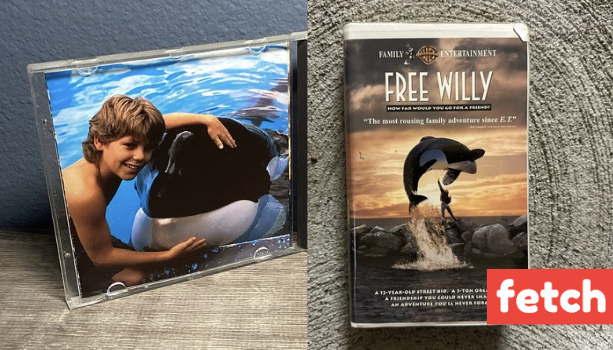
Free Willy, the beloved film that captured hearts in the early ’90s, introduced audiences to Keiko, a remarkable orca who became a symbol of freedom and compassion. Keiko starred as Willy, a captive whale who dreams of returning to the ocean. His portrayal was so compelling that it not only made him a household name but also sparked a movement advocating for the rights of marine animals. The film’s success resonated with viewers, and Keiko’s story became intertwined with the message of conservation and the importance of protecting wildlife.
However, the fame that Keiko experienced came with its own set of challenges. After the film’s release, Keiko’s life took a dramatic turn as he became a target for media attention and public fascination. While the world celebrated his role as Willy, the reality of his captivity in a theme park in Mexico began to raise ethical questions. Keiko’s journey from a star of the silver screen to a captive animal highlighted the complexities of fame and the responsibilities that come with it. This bittersweet narrative set the stage for what would become a remarkable yet challenging life after fame.
2. The Reality of Captivity
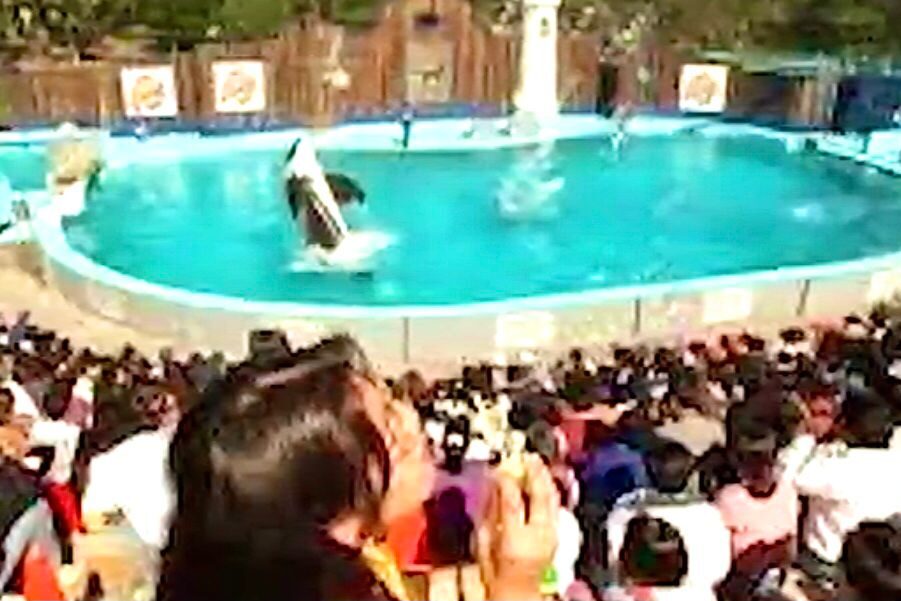
Following the success of Free Willy, Keiko’s life in captivity revealed a stark contrast to the freedom portrayed in the film. After filming, he was transferred to a marine park in Mexico, where his living conditions were far from ideal. Keiko’s enclosure was small, and he struggled with the limitations of captivity, which affected his physical and mental health. While the world saw him as a star, the reality of his situation was a poignant reminder of the consequences of keeping wild animals in confined spaces.
Despite the challenges, Keiko’s story garnered significant attention, leading to increased public awareness about the plight of captive marine animals. Activists and fans rallied for his release, highlighting the ethical implications of keeping such intelligent creatures in captivity. This movement sparked discussions about animal rights and the importance of rehabilitation for captive animals. Keiko’s plight became a catalyst for change, inspiring efforts to ensure that future generations of marine animals would not suffer the same fate. His story serves as a powerful reminder of the need for compassion and advocacy in the face of injustice.
3. The Decision to Release
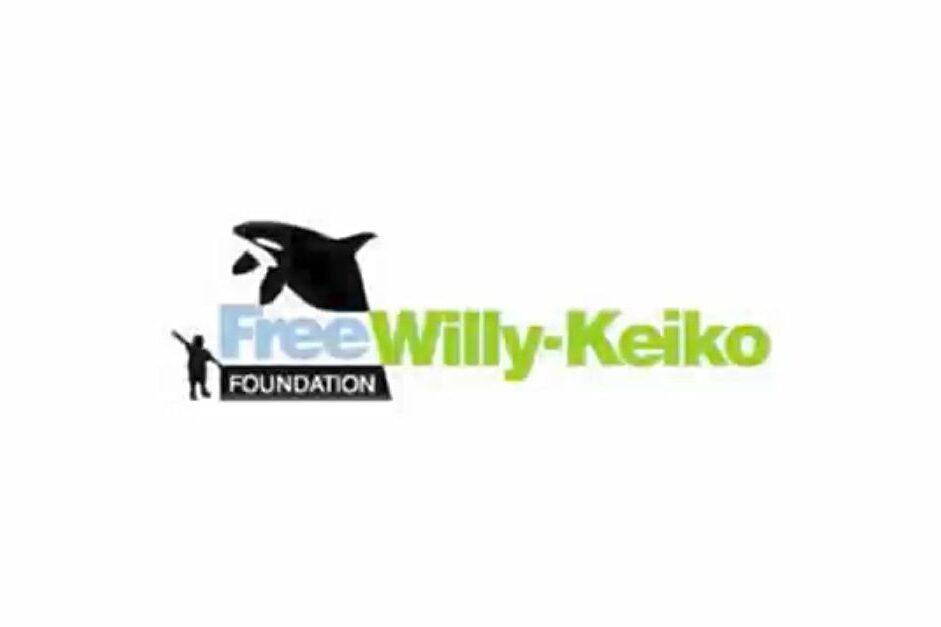
In the late 1990s, after years of captivity, the decision was made to start a foundation to rehabilitate Keiko and prepare him for release into the wild. This ambitious plan aimed to give him a second chance at freedom, aligning with the themes of the film that had made him famous. The journey to release was fraught with challenges, as Keiko had to undergo extensive training to learn how to hunt and navigate the ocean. The process was both hopeful and daunting, as experts worked tirelessly to ensure his successful reintegration into the wild.
The public’s support for Keiko’s release was overwhelming, with fans from around the world advocating for his freedom. Documentaries and campaigns highlighted his journey, creating a sense of collective hope for his future. However, the reality of transitioning from captivity to the wild was complex. Keiko faced numerous obstacles, including the need to adapt to a vastly different environment. The efforts to release him were a testament to the dedication of those who believed in his right to live freely, even as uncertainties loomed about what lay ahead.
4. The Transition to Freedom
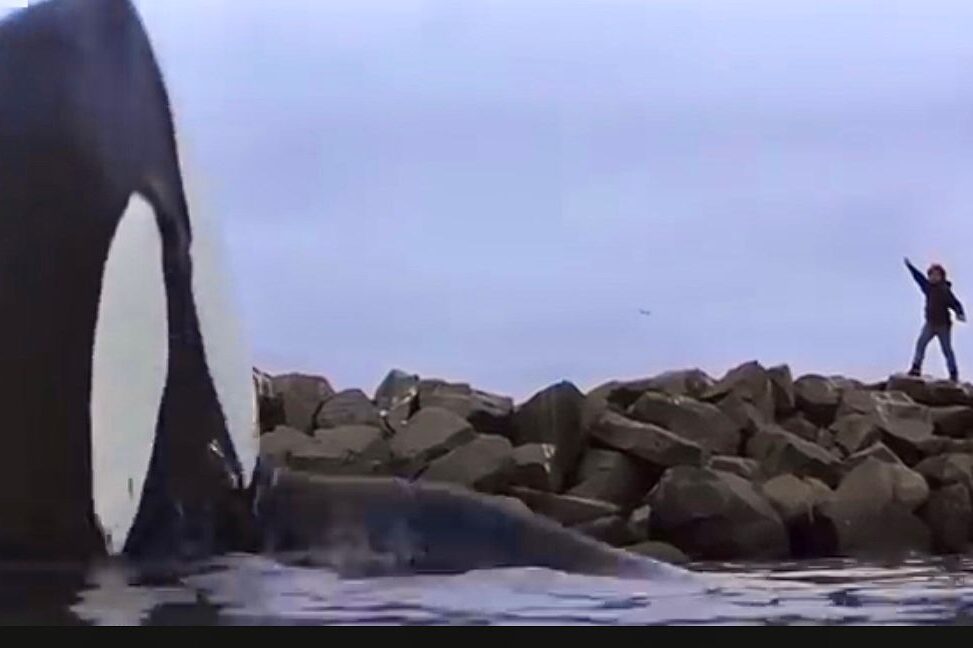
Keiko’s transition to freedom began in 1998 when he was moved to a sea pen in Iceland, a crucial step toward acclimating him to the ocean. This temporary facility allowed him to experience a more natural environment while still under human care. The hope was that he would gradually learn to fend for himself and reintegrate into wild orca pods. His time in the sea pen marked a significant milestone in his rehabilitation journey, as he began to exhibit behaviors indicative of wild orcas, such as swimming long distances and exploring his surroundings.
During this period, Keiko’s progress was closely monitored, and his health improved significantly. He displayed signs of adaptability, which fueled optimism among his caretakers. However, challenges remained as he struggled to connect with wild orca pods. The complexities of social dynamics in the wild posed difficulties for Keiko, who had spent most of his life in captivity. This bittersweet chapter in his life highlighted the challenges faced by animals transitioning from captivity to freedom, emphasizing the need for continued support and understanding in their rehabilitation efforts.
5. A New Life in Norway
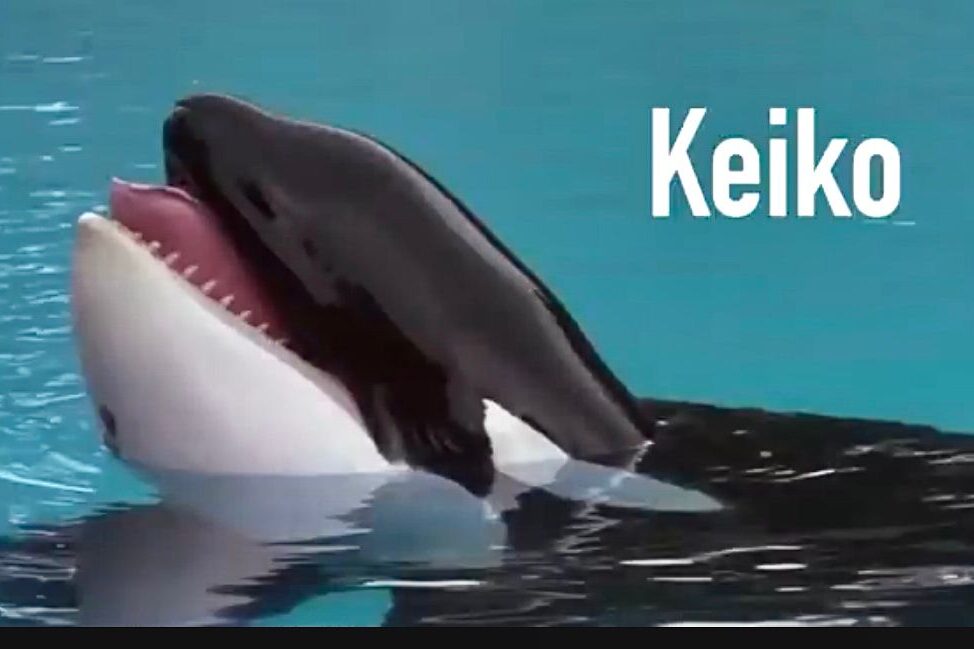
In 2002, Keiko’s journey took him to Norway, where he was released into the waters of the Vestfjorden. This marked a pivotal moment in his life as he finally had the opportunity to live freely in the ocean. The release was met with mixed emotions, as supporters celebrated his newfound freedom while also expressing concern for his well-being. Keiko’s initial days in Norway were promising, as he explored his surroundings and even interacted with wild orcas. His spirit seemed rejuvenated, embodying the very essence of the freedom he had longed for.
However, the reality of life in the wild began to present challenges. Keiko struggled to adapt fully to his new environment, and despite his efforts, he faced difficulties in finding food and establishing social connections with wild orca pods. This bittersweet reality served as a reminder of the complexities of rehabilitation, as Keiko navigated the balance between freedom and survival. His journey in Norway highlighted the importance of understanding the needs of animals transitioning from captivity and the ongoing efforts required to ensure their success in the wild.
6. The Struggles of Adaptation
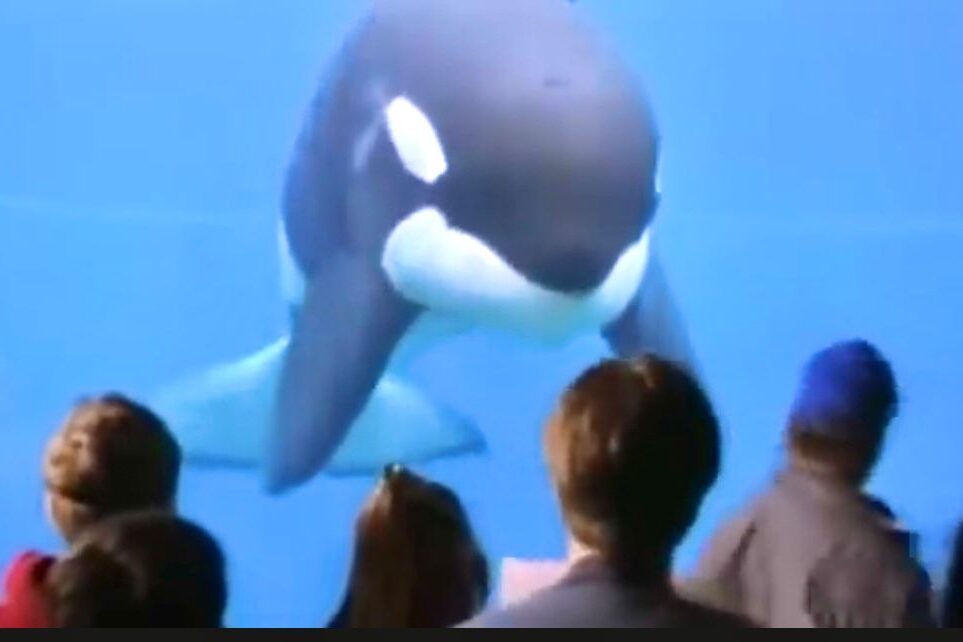
As Keiko settled into his new life in Norway, the struggles of adaptation became increasingly apparent. While he initially thrived in the open waters, the challenges of finding food and forming social bonds with wild orcas took a toll on him. Keiko’s attempts to hunt were met with mixed success, and he often relied on human intervention for sustenance. This reliance highlighted the difficulties faced by animals who have spent years in captivity, as they may lack the skills necessary to thrive independently in the wild.
Despite these challenges, Keiko’s spirit remained resilient. He continued to explore his surroundings and engage with the natural world, showcasing his determination to adapt. However, the bittersweet reality of his situation served as a reminder of the complexities involved in reintroducing captive animals to their natural habitats. Keiko’s journey underscored the importance of ongoing support and understanding for animals transitioning from captivity, as they navigate the challenges of survival in the wild.
7. The Final Years
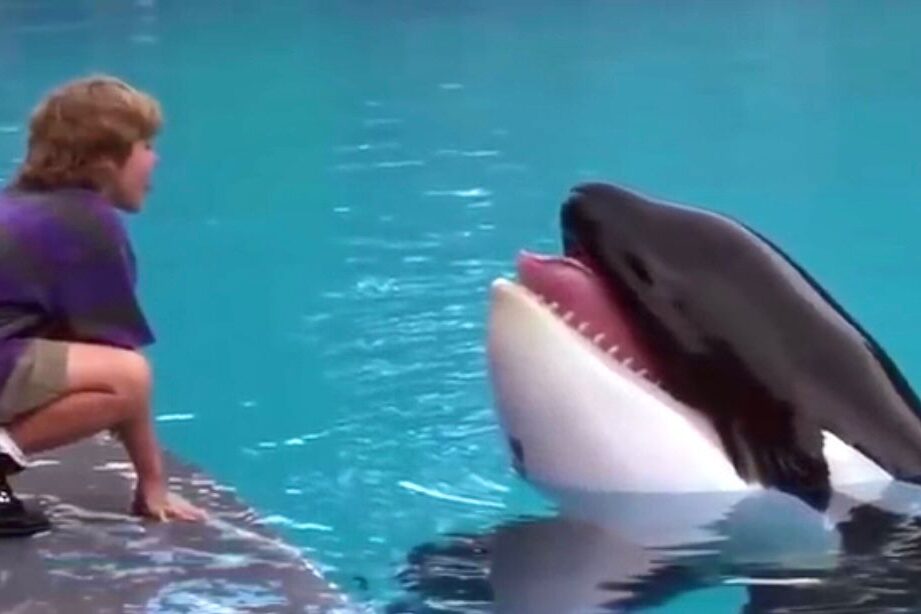
Keiko’s final years in Norway were marked by both triumphs and hardships. As he continued to explore the waters, he developed a sense of independence, but the challenges of survival persisted. Despite his struggles, Keiko’s presence in the wild became a symbol of hope and resilience for advocates of marine animal welfare. His journey inspired renewed discussions about the ethics of captivity and the importance of conservation efforts for marine life.
In December 2003, Keiko’s health began to decline, raising concerns among his caretakers and supporters. He was found to be suffering from pneumonia, a condition that ultimately led to his passing in November 2003. The news of his death was met with an outpouring of grief and reflection on his remarkable journey. Keiko’s life, filled with both struggles and triumphs, served as a poignant reminder of the complexities of captivity and the importance of advocating for the rights of all marine animals.
8. The Legacy of Keiko

Keiko’s legacy extends far beyond his time in the spotlight as Willy. His story has sparked conversations about animal rights, captivity, and the importance of conservation. The impact of Free Willy continues to resonate, inspiring a new generation of advocates dedicated to protecting marine life. Keiko’s journey serves as a catalyst for change, prompting discussions about the ethical treatment of animals and the need for greater awareness regarding the plight of captive wildlife.
In the years following his passing, Keiko’s story has been revisited through documentaries, articles, and educational initiatives. These efforts aim to honor his memory and ensure that his legacy lives on. By sharing his journey, advocates hope to inspire others to take action in support of marine conservation and the protection of marine animals. Keiko’s life serves as a testament to the power of storytelling and the impact one individual can have in raising awareness and effecting change.
9. The Impact on Marine Conservation
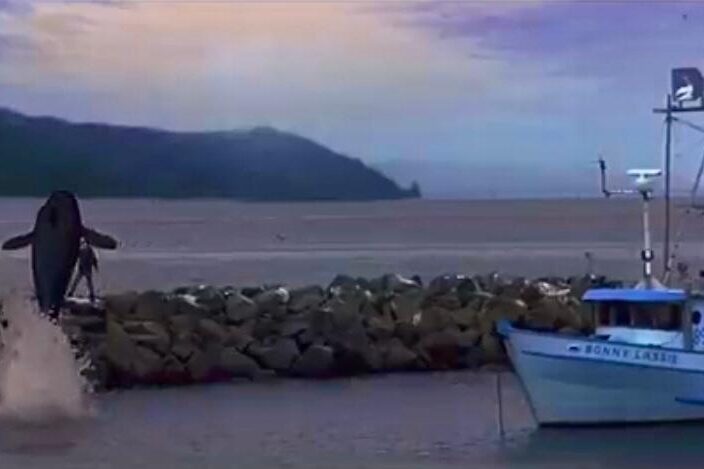
Keiko’s story has had a lasting impact on marine conservation efforts worldwide. His journey from captivity to freedom has raised awareness about the challenges faced by marine animals in captivity and the importance of rehabilitation. The discussions surrounding his release have prompted changes in policies regarding the care and treatment of captive marine wildlife, leading to increased advocacy for more humane practices.
Organizations dedicated to marine conservation have used Keiko’s story as a case study to educate the public about the ethical implications of keeping wild animals in captivity. His legacy serves as a reminder that every animal deserves the right to live freely in its natural habitat. By highlighting the complexities of rehabilitation and the need for comprehensive support systems, Keiko’s story continues to inspire efforts to protect marine ecosystems and the creatures that inhabit them.
10. A Symbol of Hope
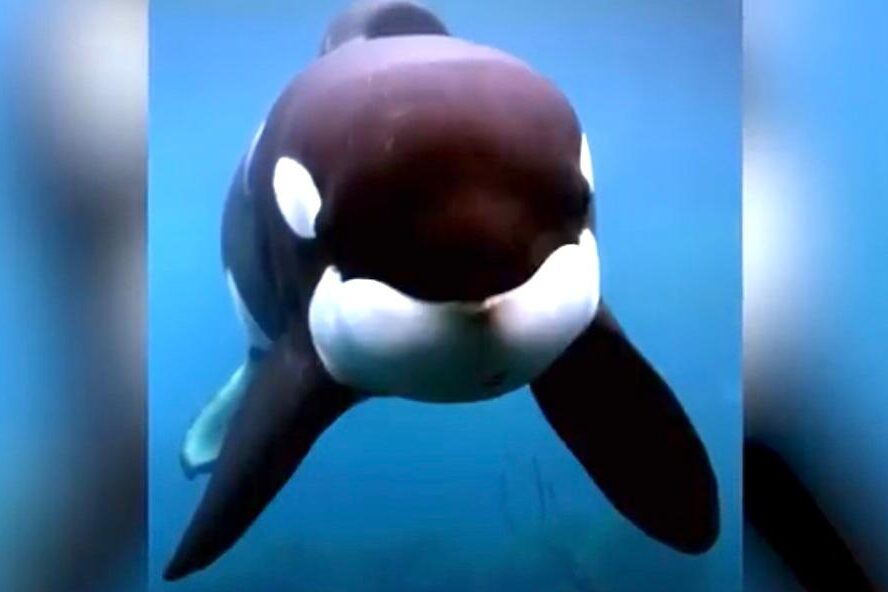
Ultimately, Keiko’s life serves as a symbol of hope for all those who advocate for animal rights and conservation. His journey reflects the resilience of the spirit and the possibility of redemption, even in the face of adversity. Keiko’s story inspires individuals to take action, whether through advocacy, education, or supporting conservation efforts. His legacy encourages us to reflect on our relationship with the natural world and the responsibilities we hold toward protecting it.
As we remember Keiko, we are reminded of the importance of compassion and empathy for all living beings. His life highlights the need for ongoing efforts to ensure that future generations of marine animals are treated with dignity and respect. Keiko’s journey is a powerful testament to the impact one individual can have in raising awareness and inspiring change, urging us all to be stewards of the earth and its precious wildlife.
11. The Role of Media in Keiko’s Journey
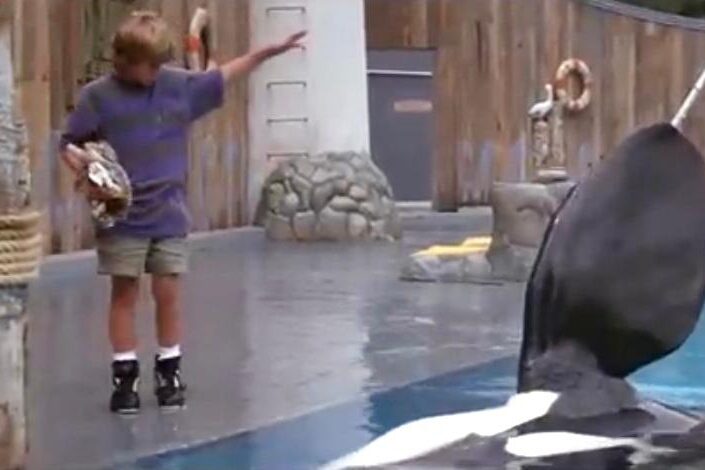
The media played a significant role in shaping Keiko’s journey from a beloved film star to a symbol of animal welfare. Coverage of his life after “Free Willy” brought attention to the ethical implications of keeping marine animals in captivity. Documentaries, news articles, and social media campaigns highlighted his plight, rallying public support for his rehabilitation and eventual release. This media attention was instrumental in raising awareness about the challenges faced by captive animals and the need for change within the industry.
Keiko’s story became a focal point for discussions about animal rights, inspiring grassroots movements advocating for the humane treatment of marine life. The public’s emotional connection to Keiko, fueled by the film’s enduring popularity, created a sense of urgency around his situation. As the media spotlight shone on his life, it not only amplified calls for his freedom but also sparked broader conversations about conservation and the responsibilities humans have toward wildlife. Keiko’s journey illustrates the power of media in influencing public perception and driving change in animal welfare.
12. Continuing the Fight for Marine Life
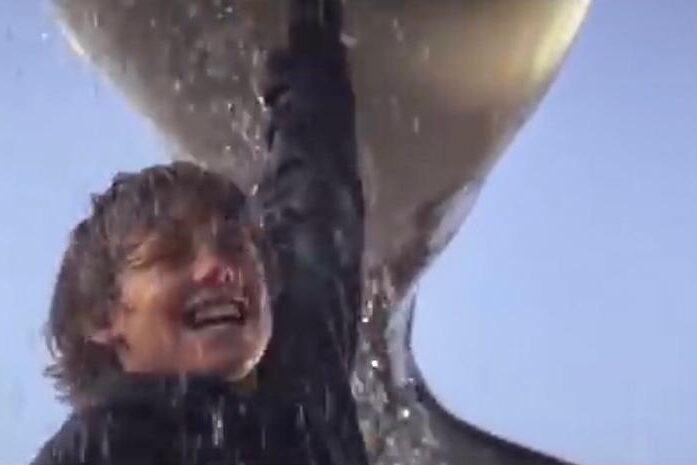
Keiko’s legacy continues to inspire ongoing efforts to protect marine life and advocate for the ethical treatment of animals in captivity. Organizations dedicated to marine conservation have used his story as a catalyst for change, promoting initiatives aimed at improving the welfare of captive marine animals and preserving their natural habitats. The discussions sparked by Keiko’s journey have led to increased awareness of the importance of sustainable practices in marine tourism and entertainment.
In the years since Keiko’s passing, advocates have worked tirelessly to ensure that his story serves as a reminder of the need for compassion and action. Campaigns aimed at educating the public about the plight of marine animals have gained traction, emphasizing the importance of protecting oceans and their inhabitants. Keiko’s life and legacy continue to motivate individuals and organizations to fight for the rights of marine creatures, fostering a collective commitment to creating a more humane world for all living beings. His story is a powerful reminder that the fight for animal welfare is ongoing and that each of us has a role to play in promoting kindness and stewardship of the earth.


